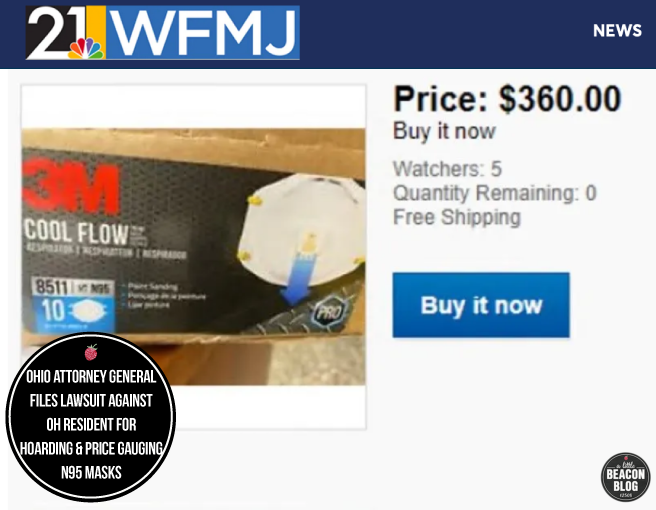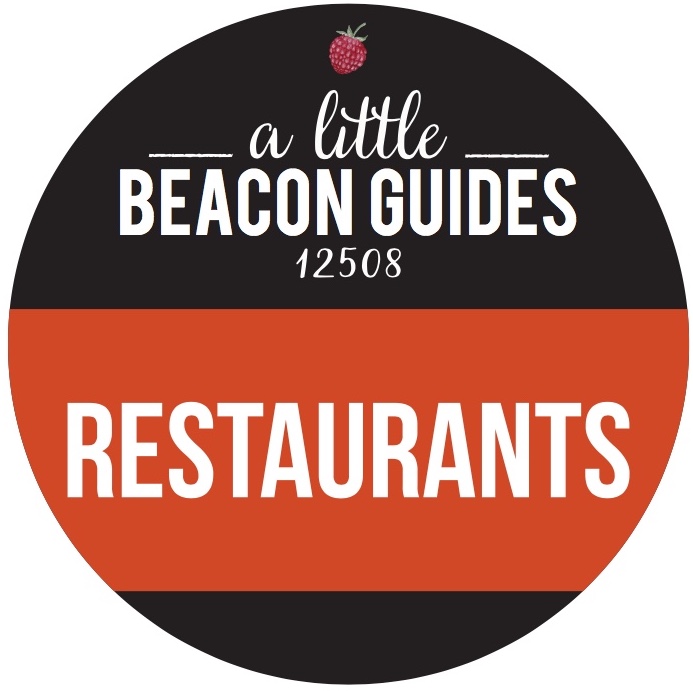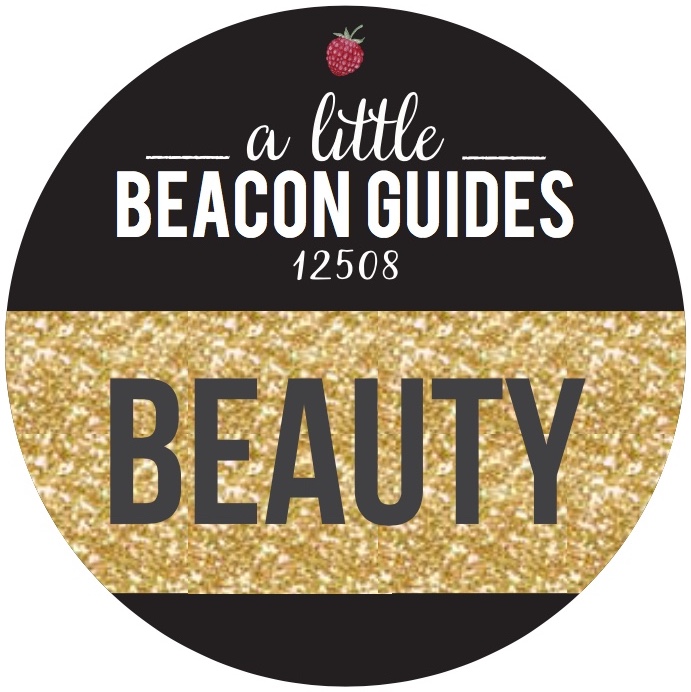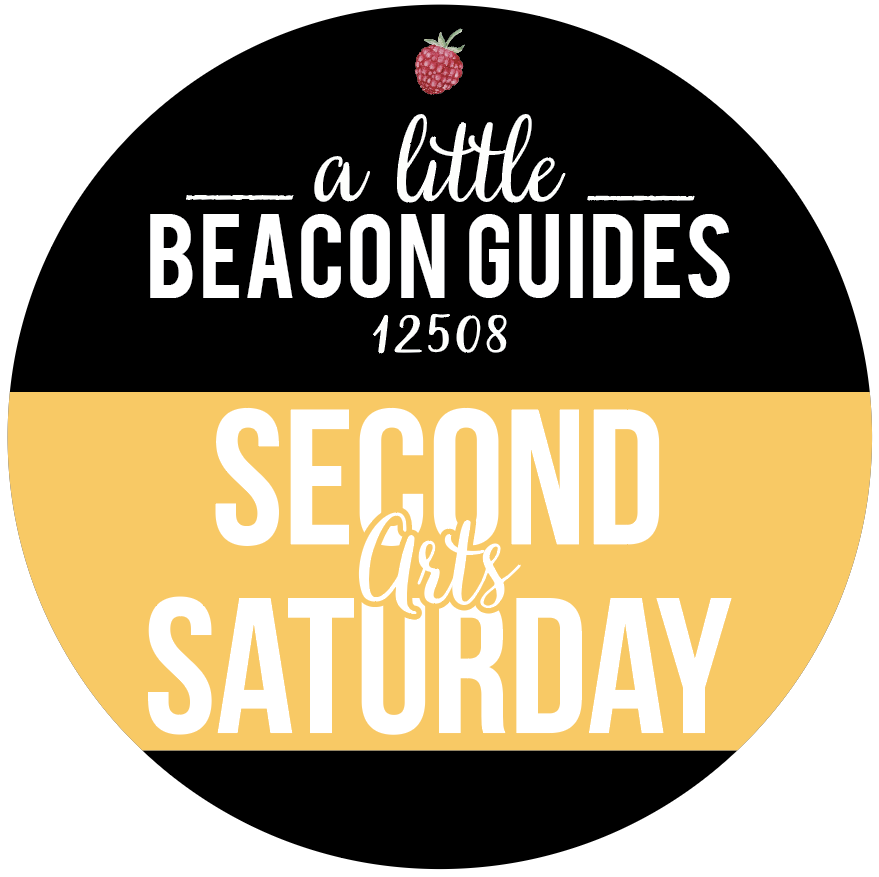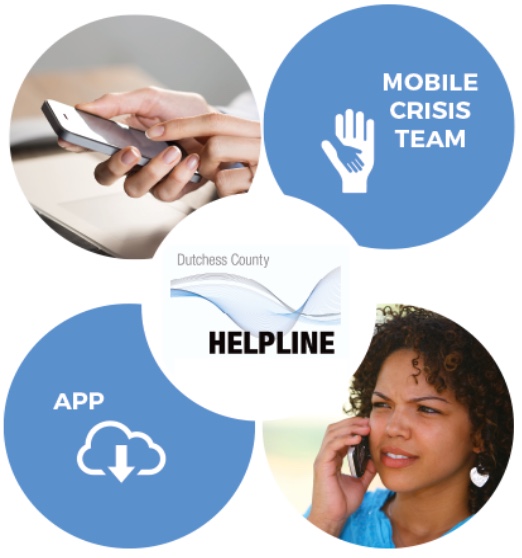Businesses can no longer apply for the Paycheck Protection Program (PPP) and Economic Injury Disaster Loan (EIDL) - as of today (Thursday, April 16, 2020). The appropriated funds have been exhausted, according to the SBA: “Notice: Lapse in Appropriations. The SBA is currently unable to accept new applications for the Paycheck Protection Program based on available appropriations funding.”
The PPP loan was created in response to the COVID-19 pandemic situation, made available through the Small Business Association (SBA) and was possibly one of the most considered and researched loans that businesses, nonprofits and independent contractors would research in a very small amount of time. From the moment it was announced as an option, stipulations changed with this loan that was “designed to provide a direct incentive for small businesses to keep their workers on the payroll.”
When seeking local clarification from Dutchess County, A Little Beacon Blog was put in touch with Arnaldo Sehwerert, Ph D., Regional Director of the the Mid-Hudson Small Business Development Center. He confirmed: “The PPP is designed mainly to keep existing workers in the payroll.”
How Much Money Were We Talking?
Money was appropriated through the first round of the CARES ACT, where the Department of the Treasury was supporting the SBA in this loan. “Up to $349 billion was dedicated toward job retention and certain other expenses,” according to the Treasury’s website.
Originally, the loan came with a low interest rate to pay back, which bristled some business owners, but that changed when new requirements were introduced. According to the SBA website and the U.S. Treasury website, the PPP loan could be wiped clean with no interest paid: “SBA will forgive loans if all employees are kept on the payroll for 8 weeks and the money is used for payroll, rent, mortgage interest, or utilities.” If the loan was not used to cover these expenses, then the low interest rate would apply, and repayment would be required.
Entities who were eligible included small businesses and eligible nonprofit organizations, veterans organizations, and tribal businesses described in the Small Business Act, as well as individuals who are self-employed or are independent contractors; they’re eligible if they also meet program size standards.
The payroll, however, could only pay people who were on the company’s payroll, and not contract workers. The contract workers would be on their own to apply for their own PPP loan. For example: for a graphic design firm who regularly paid contract workers who submit 1099s for taxes, these contract workers would not be protected under the PPP with the employing company, and would need to apply for their own PPP loan.
If the business owner herself was on payroll as the only employee, she would be eligible under the terms of the loan, and the loan could be forgiven when paid out. But if client work dried up and there was nothing to pay contract workers, the way the PPP loan as written could not help her 1099 contract team, unless they applied for and were approved for their own loans.
Many Pandemic-Based Financial Options - PPP, EIDL, UI, FPUC
The amount of financial options, and homework to understand the options, as well as the severely short timeline, has been extremely overwhelming for businesses. The Dutchess County Business Notification Network has been extremely helpful with highlighting daily changes.
UPDATE [4/17/2020]: Per a reader’s comments below, we have made the following note about the EIDL:
The Economic Injury Disaster Loan started with a requirement that if one was granted it, they could not apply for the PPP loan, but that changed, and businesses could apply for both. Additionally, part of the loan became an “advance,” whereas the first $10,000 granted to the business did not need to be repaid. See the SBA Economic Injury Disaster Loan Emergency Advance page here.
Independent contractors were scrambling on what to do, because they were also permitted to collect unemployment insurance, something which is not normally allowed, which also could include an additional weekly payment of $600 of Federal Pandemic Unemployment Compensation (FPUC). New York’s website to file for unemployment insurance deeply crashed, was rebuilt by Google, and is currently accepting applications. However, Melissa De Rossa (secretary to Governor Cuomo) today (Thursday 4/16/2020) stated during the Governor’s briefing, that there is a delay for applicants who are independent contractors, as they are a special circumstance and not normally accepted to collect unemployment insurance.
As for employees who had been collecting both unemployment insurance and Federal Pandemic Unemployment Compensation (assuming they got through the website and were approved), the weekly benefit could exceed what their previous paycheck may have been at a local business. Would the employee want to decide to stay with unemployment insurance? That could possibly cause problems for the business owner who needs to keep all staff on payroll in order to meet the terms of the PPP loan to not pay it back. Myriam Bouchard, MBA, a Certified Business Advisor with Mid-Hudson Small Business Development Center, clarified the timing of the usage of the loan: “The PPP is to be used from the moment the closing documents are signed. The employee cannot BOTH receive unemployment insurance and payroll from their employer.”
Local Impact Of The PPP Loan
The PPP loan was mandated to be processed through banks both small and large. This added a delay to the applications as banks of every size had to figure out how to process applications and avoid fraud. Banks opened to accept the PPP loan on different days. Local banks tended to open sooner than larger banks, since local banks, it was presumed, knew their customers better.















































